Managing the Global Use of Organochlorines:
A NEGOTIATION SIMULATION
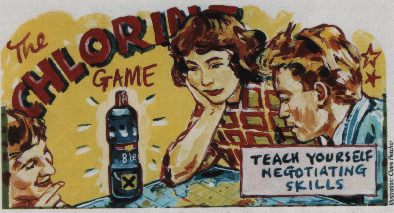
Game Statistics for Research Runs
Reports and commentaries on the game in:

Reports and commentaries on the game in:
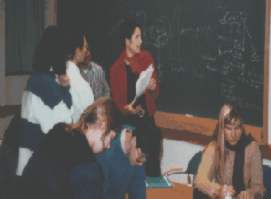 The simulation, played over an eight hour period, is based on the scenario of the United Nations convening an international meeting of representatives from eight countries and four nongovernmental organizations (NGOs) to discuss the possible shape of a potential global treaty on managing the use of organochlorines. The 13 roles in this negotiation simulation-USA, Japan, Norway, Germany, Czech Republic, China, India, Brazil, two environmental NGOs, one industry group, one scientific organization, and a UN appointed Chairperson-are provided comprehensive role instructions based on detailed research into how these roles have tended to behave in international environmental negotiations in the past. (The simulation can also be played with 25 players with each party, except the Chair, being represented by two players.)
The simulation, played over an eight hour period, is based on the scenario of the United Nations convening an international meeting of representatives from eight countries and four nongovernmental organizations (NGOs) to discuss the possible shape of a potential global treaty on managing the use of organochlorines. The 13 roles in this negotiation simulation-USA, Japan, Norway, Germany, Czech Republic, China, India, Brazil, two environmental NGOs, one industry group, one scientific organization, and a UN appointed Chairperson-are provided comprehensive role instructions based on detailed research into how these roles have tended to behave in international environmental negotiations in the past. (The simulation can also be played with 25 players with each party, except the Chair, being represented by two players.)
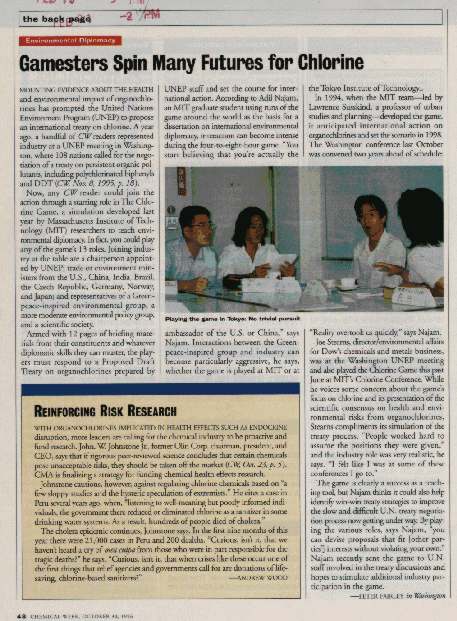
 Great effort has been invested in making the instructions comprehensive, representative and realistic. The confidential instructions of each party are organized as a set of memos from various domestic stakeholders-thus, for example, the delegate from India (being represented by the Additional Secretary for Trade and Industry) gets a set of memos which include a position paper from the foreign office, a letter from the National Planning Commission outlining their priorities, another from a trade group representing Indian Chemical manufactures, and yet another from a coalition of environmental NGOs. The instructions are organized in this fashion to highlight the two-level structure of international policy-making where internal negotiations within each country or organization are at least as important, and sometimes more important, than the larger international negotiation. In addition, each player is provided with a packet of general instructions which includes a synopsis of the proposed agenda and a background paper with technical information on the ecological and economic aspects of the organochlorine industry.
Great effort has been invested in making the instructions comprehensive, representative and realistic. The confidential instructions of each party are organized as a set of memos from various domestic stakeholders-thus, for example, the delegate from India (being represented by the Additional Secretary for Trade and Industry) gets a set of memos which include a position paper from the foreign office, a letter from the National Planning Commission outlining their priorities, another from a trade group representing Indian Chemical manufactures, and yet another from a coalition of environmental NGOs. The instructions are organized in this fashion to highlight the two-level structure of international policy-making where internal negotiations within each country or organization are at least as important, and sometimes more important, than the larger international negotiation. In addition, each player is provided with a packet of general instructions which includes a synopsis of the proposed agenda and a background paper with technical information on the ecological and economic aspects of the organochlorine industry.
 Armed with this information, but encouraged to apply their own knowledge and expertise, the players are given the mandate of deliberating on four key issues regarding the management of organochlorines-the scope of the problem, possible actions, financing, and governance structures. The goal is not as much to come up with a formal treaty as to begin outlining the contours of consensus and dissent on these issues and listing various options and strategies for dealing with them. Innovative approaches to the treatymaking process-e.g. the full participation of nongovernmental organizations, prenegotiation negotiations amongst key parties, exercises aimed at developing a mutual appreciation of each other's interests and concerns, etc.-are built into the design of the game as are opportunities for the players to test out various coalition strategies. In addition, the game manager is provided with sets of confidential faxes for selected parties which may be used to `spice' the game in accordance with how it is proceeding. The choice of when and which faxes to use is left to the game manager although some suggestions are available in the teaching note which also accompanies the simulation.
Armed with this information, but encouraged to apply their own knowledge and expertise, the players are given the mandate of deliberating on four key issues regarding the management of organochlorines-the scope of the problem, possible actions, financing, and governance structures. The goal is not as much to come up with a formal treaty as to begin outlining the contours of consensus and dissent on these issues and listing various options and strategies for dealing with them. Innovative approaches to the treatymaking process-e.g. the full participation of nongovernmental organizations, prenegotiation negotiations amongst key parties, exercises aimed at developing a mutual appreciation of each other's interests and concerns, etc.-are built into the design of the game as are opportunities for the players to test out various coalition strategies. In addition, the game manager is provided with sets of confidential faxes for selected parties which may be used to `spice' the game in accordance with how it is proceeding. The choice of when and which faxes to use is left to the game manager although some suggestions are available in the teaching note which also accompanies the simulation.
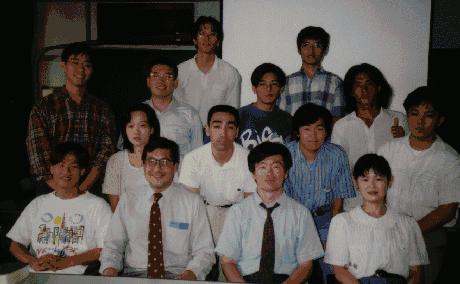 Although a full draft of a likely global treaty on the management of organochlorines is often not completed in the limited time available to the players, the outlines of a possible approaches that can be taken invariably begin to emerge. Most often, the first outline of a draft convention or resolution is adopted. More importantly, the simulation provides an excellent opportunity for participants to think in a focused and systematic fashion about the pros and cons of various options. The game provides the players with a deeper appreciation of how the international treatymaking system operates and how various countries and actors in the global arena tend to behave. Often, the most profound learning and the biggest surprise for the players comes from being forced to think and argue in a role different to their real life and thereby gain a deeper appreciation of why these actors behave the way they do on international environmental issues.
Although a full draft of a likely global treaty on the management of organochlorines is often not completed in the limited time available to the players, the outlines of a possible approaches that can be taken invariably begin to emerge. Most often, the first outline of a draft convention or resolution is adopted. More importantly, the simulation provides an excellent opportunity for participants to think in a focused and systematic fashion about the pros and cons of various options. The game provides the players with a deeper appreciation of how the international treatymaking system operates and how various countries and actors in the global arena tend to behave. Often, the most profound learning and the biggest surprise for the players comes from being forced to think and argue in a role different to their real life and thereby gain a deeper appreciation of why these actors behave the way they do on international environmental issues.
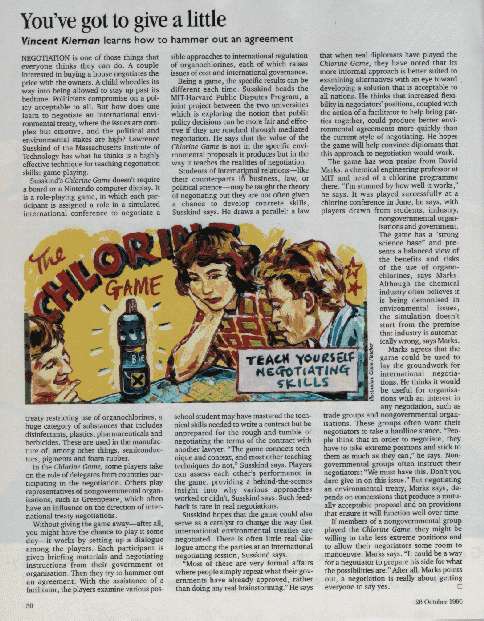
 As part of Adil Najam's doctoral research, this simulation has been run in a number of countries. To last count, 115 individuals-ranging from Ambassador level diplomats and UN officials to senior governmental and industry leaders and from graduate students to environmental activists-from as many as 40 different countries had participated in these research runs. They have found it to be a most rewarding experience. The important key to the learning, however, is the post-game debriefing. Although any number of issues can be explored and highlighted by using the simulation, key issues that invariably emerge include: North-South environmental differences, the use and abuse of science in international policy, the possibility of joint-gains through creative negotiation strategies, the role of the Chair as mediator and facilitator, the intertwined nature of issues relating to environment and development, and role of coalitions.
As part of Adil Najam's doctoral research, this simulation has been run in a number of countries. To last count, 115 individuals-ranging from Ambassador level diplomats and UN officials to senior governmental and industry leaders and from graduate students to environmental activists-from as many as 40 different countries had participated in these research runs. They have found it to be a most rewarding experience. The important key to the learning, however, is the post-game debriefing. Although any number of issues can be explored and highlighted by using the simulation, key issues that invariably emerge include: North-South environmental differences, the use and abuse of science in international policy, the possibility of joint-gains through creative negotiation strategies, the role of the Chair as mediator and facilitator, the intertwined nature of issues relating to environment and development, and role of coalitions.
It should be noted that although the game was not designed for this purpose, it does have important substantive similarities to the international negotiations that are likely to begin on the issue of Persistent Organic Pollutants (POPs) that is likely to commence sometimes in 1997.
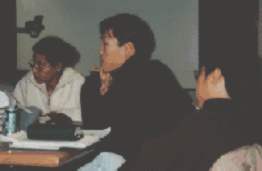 This negotiation simulation has been revised by Adil Najam (MIT) based on the original which was created by the Chlorine Treaty Negotiation Team at the Department of Urban Studies and Planning (Course 11) at the Massachusetts Institute of Technology under the direction of Professor Lawrence Susskind and Sarah McKearnan. Members of the team which originally wrote the simulation included Mike Gordon, Adil Najam, Joshua Secunda, Granville Sewell, Parag Shah and Andrea Strimling. The development of the case has been generously supported by The Chlorine Project at the Massachusetts Institute of Technology. For more information, contact Adil Najam (DUSP, MIT, Phone: 617-577-5601; Fax: 617-253-7140; Email: anajam@mit.edu) .
This negotiation simulation has been revised by Adil Najam (MIT) based on the original which was created by the Chlorine Treaty Negotiation Team at the Department of Urban Studies and Planning (Course 11) at the Massachusetts Institute of Technology under the direction of Professor Lawrence Susskind and Sarah McKearnan. Members of the team which originally wrote the simulation included Mike Gordon, Adil Najam, Joshua Secunda, Granville Sewell, Parag Shah and Andrea Strimling. The development of the case has been generously supported by The Chlorine Project at the Massachusetts Institute of Technology. For more information, contact Adil Najam (DUSP, MIT, Phone: 617-577-5601; Fax: 617-253-7140; Email: anajam@mit.edu) .
![]() The game may be ordered through the Consensus Building Institute or the Program on Negotiation at Harvard Law School.
The game may be ordered through the Consensus Building Institute or the Program on Negotiation at Harvard Law School.
All roles and instructions are hypothetical and should not imply any official endorsement of these views by the parties concerned. This case may not be reproduced, revised, or translated in whole or in part by any means without written permission. Copyright 1996 by the Massachusetts Institute of Technology. All rights reserved.
 Users statistics Since Feb. 24, 1997
Users statistics Since Feb. 24, 1997